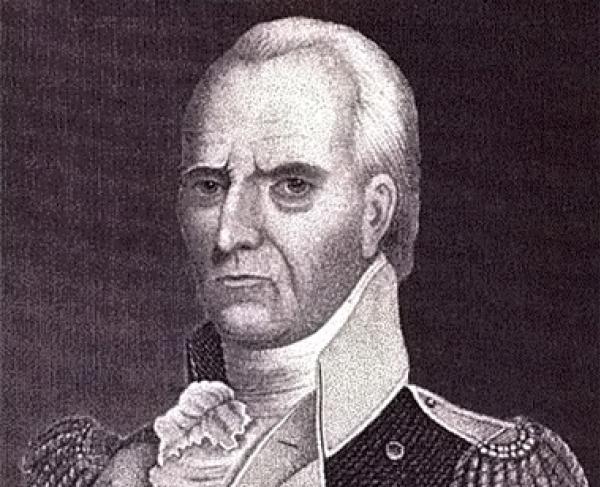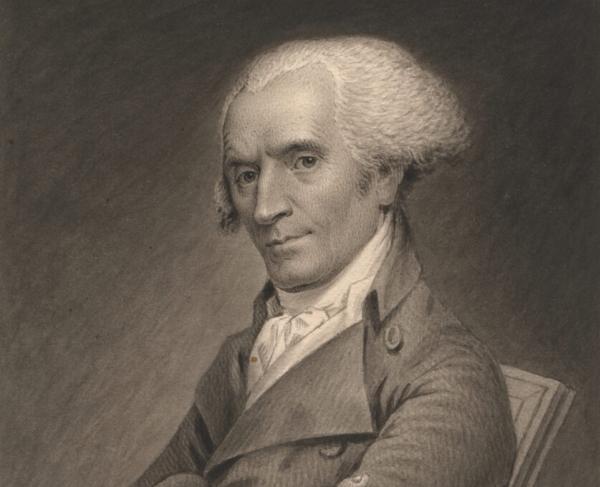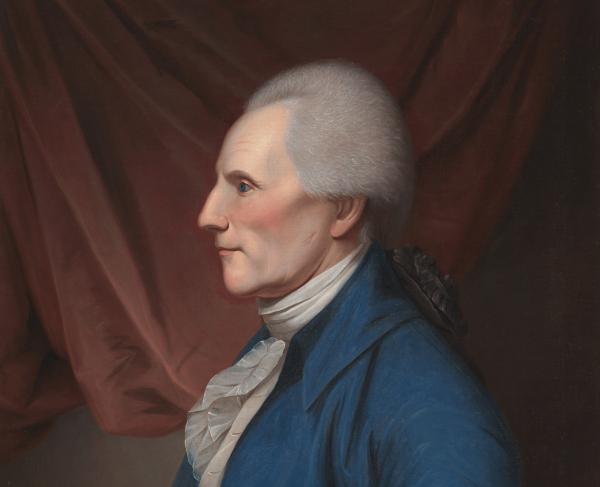John Stark

Born August 28th, 1728, in Nutfield, New Hampshire, Maj. Gen. John Stark would grow to be a man that fully embodied the words, “Live free or die; death is not the worst of evils.” The “Hero of Bennington” not only lived by these words, he wrote them 136 years before it became New Hampshire’s official state motto.
At the outbreak of the American Revolution, Stark returned to military service, but for the Continental Army, and was appointed to colonel of the 1st New Hampshire Regiment. During the Siege of Boston, Stark’s regiment was assigned to the northern flank of the Charlestown peninsula. Stark anticipated his opponent’s, British General William Howe, next move by building a breastwork along the beach to prevent being flanked by Howe’s light infantry. Stark predicted correctly as about 350 light infantrymen charged Stark’s regiment. The 1st New Hampshire laid waste to several waves of British attackers until the remaining British troops retreated, losing one third of their force.
In 1776, Stark successfully commanded his men at the Battles of Trenton and Princeton. Following that winter, he returned to New Hampshire to recruit new troops for the 1st New Hampshire and found out that he had been looked over for a promotion to brigadier general. Feeling outraged and betrayed, he resigned from service. While some generals tried to talk him out of his resignation, Stark made it clear that he felt a new British threat would be coming from the direction of Canada and that if it were true, he would be ready to face it from New Hampshire where he pledged his future allegiance to.
Again, Stark was right and began to organize a militia force to defend New Hampshire and Vermont from British General John Burgoyne’s force at the rank of brigadier general commissioned by the New Hampshire Provincial Congress. As Burgoyne headed south, he needed supplies for his troops. He found out that there was a considerable amount in Bennington, Vermont and sent a force lead by Lt. Col. Friedrich Baum toward the small town. Stark learned of the approaching British and mustered his men at Bennington on August 13th, 1777. First contact between the two forces the next day, but the battle began on the 16th, when Stark’s men attacked the British at Walloomsac, New York, ten miles away from Bennington. Stark claimed it was “the hottest engagement I have ever witnessed, resembling a continual clap of thunder.” The Patriots had Baum’s men surrounded and Baum himself was mortally wounded. Darkness brought the battle to a halt and ended in an American victory. This victory was the precursor to the British’s defeat at Saratoga a few months later.
Stark remained active throughout the rest of the Revolutionary War and his services were finally recognized by Congress on September 30th, 1783 when he was promoted to major general. He resigned from duty on November 3rd, 1783 after the war officially ended. He died in 1822 at the age of 94 as the last surviving Revolutionary War general.


